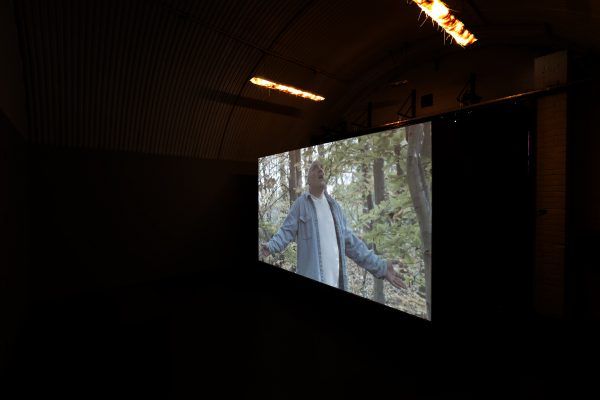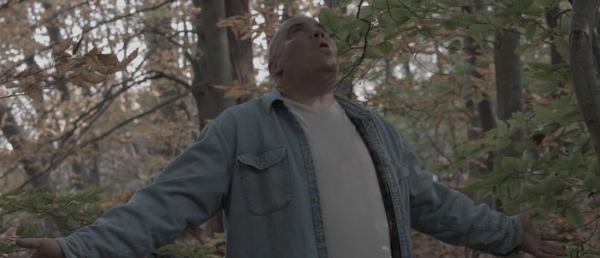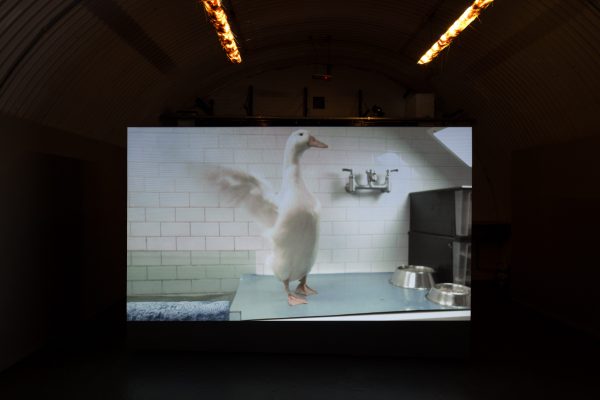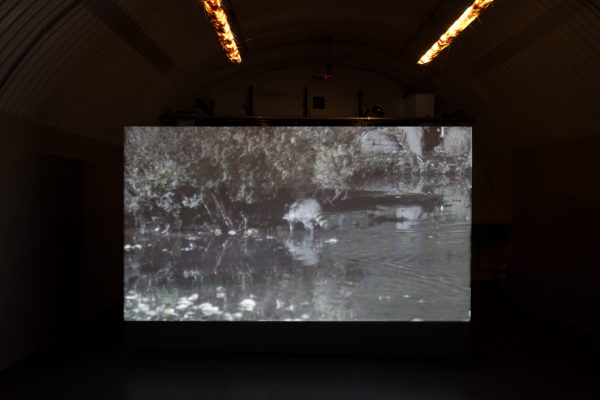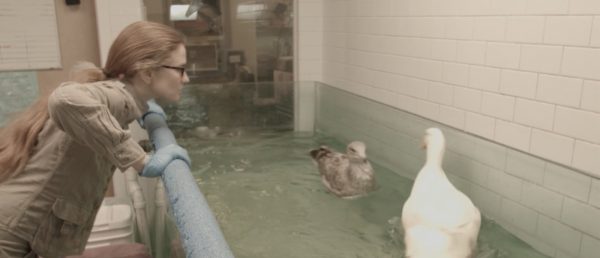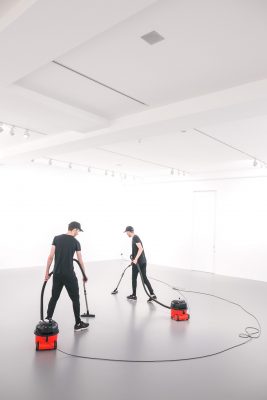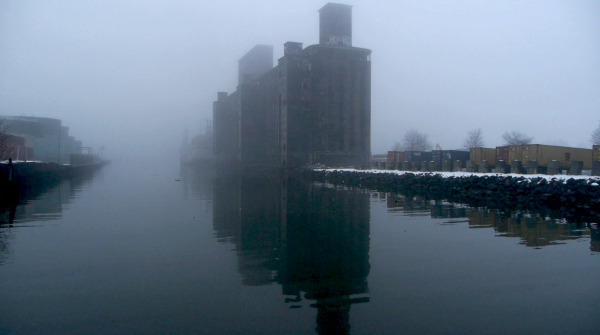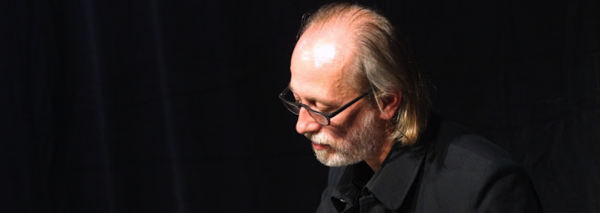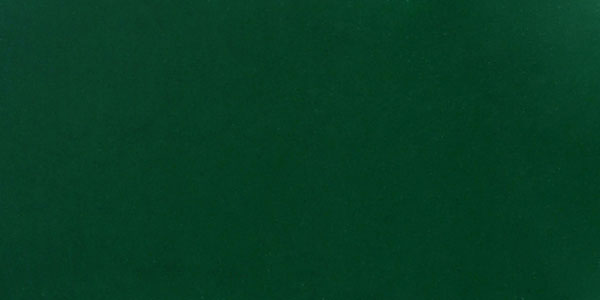The contemporary hunter-gatherer does not hunt to survive. Rather, he (neo-survivalism is a predominantly heterosexual male pursuit) forages for something else, something experientially ‘Other’. It’s a phenomenon popularised by the rise of survivalist entertainment – reality TV, docudramas, dedicated YouTube channels, and open-world online survival games – in which contestants must prevail on a desert island, or in the midst of a zombie apocalypse, with only a sharp knife and a bit of twine for tools. His efforts are equal parts sportsmanship and showmanship, a combination that manifests in a compulsion to record and make public his triumphs of resourcefulness. Actively prepared for emergencies, he is ready to drink his own urine (a feat that proved too great for guest star Barack Obama during his appearance on Running Wild with Bear Grylls), for the collapse of government, economy, and power grids, for threats that are, as Donald Rumsfeld famously put it, both ‘known unknowns’ and ‘unknown unknowns’.
In her video work Mouth (2017), currently on show at Arcadia Missa, New York-based Croatian artist Maja Čule depicts the contemporary hunter-gatherer – a group of urban survivalists somewhere near New York City, who choose to hunt for their food rather than take the more convenient option of buying it from a shop. The video’s protagonists are performers instructed by Čule – some of whom identify as survivalists themselves. Blurring in and out of fiction, documentary and narrative film, Mouth alternates between two locations: the grim, neon-lit interior of an animal sanctuary, where we watch a woman named Senka tend to the animals under her care, and a forest, in which we follow a group of men roaming about in the dark, armed with sticks and pocket-sized torches.
While Senka is busy at work, the men flex and posture for the camera, leaning excessively on walking staffs made of whittled tree branches, or using them to prod at the foliage. One gazes at his feet as he disturbs murky pond water with his boots, another twirls the stem of a leaf between his index and thumb, but they do nothing of note. The closest these ‘hunter-gathers’ get to hunting animals is when a member of the group pauses to ‘shoot’ a raccoon with his iPhone. Perhaps both scenes are intentionally tedious, leaving the viewer to look for clues, comparison, or allegory. The hunter-gatherer’s general lack of proficiency emerges as the antithesis of Senka’s nurturing, and the animals, roaming ‘free’ within the walls of their mediated and drab faux-wilderness, analogous to the hunter-gatherers’ self-exoticising desire to be watched and applauded.
The work borrows its title from George Bataille’s short essay ‘Mouth’, in which he writes on the visceral, the erotic, and the relation of society to the primeval. For Bataille, the mouth is an obscure and ambiguous cavity where all organs begin and end. It signifies hunger, desire, and also aggression – the location of explosive impulses ‘in the form of screams’, which occur when ‘the overwhelmed individual throws back his head while frenetically stretching his neck, so that the mouth becomes, as far as possible, a prolongation of the spinal column’. In what is perhaps Čule’s most explicit allusion to the work’s title, one of the hunter-gatherers throws his head back and lets out a bestial groan, an image that fades into a close-up of a tortoise at the sanctuary, also extending its neck with its mouth ajar. It is unclear what, precisely, Čule’s relationship is to Bataille’s writings, and her refrain from an explicit critical stance, coupled with reference to Bataille’s outmoded and exhausted anthropological and cultural insights, obfuscates her position further.
Mouth borrows the means used by the urban survivalist to record his activities: often self-filmed, fast-paced, hand-held camera work. In addition to the titular reference to Bataille, this sense of re-enactment, of studying a subject in ‘his natural habitat’, adds to the film’s ethnographic quality. Čule produces a portrait of her subject largely on his own terms, and in doing so, the difference between satire, repetition, and even appreciation, becomes hazy – an uncomfortable ambiguity, given the history the film draws upon. For ultimately, the contemporary hunter-gatherer identity is symptomatic of today’s amnesiac capitalism, whereby the normalised history of western colonial domination can be drawn upon as fodder for an entirely fictitious sense of ‘authentic’ masculinity.
